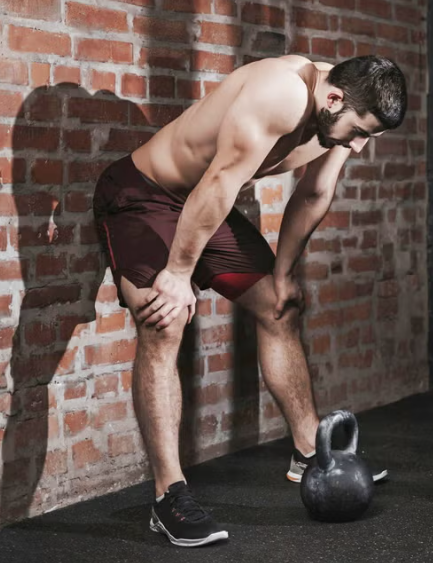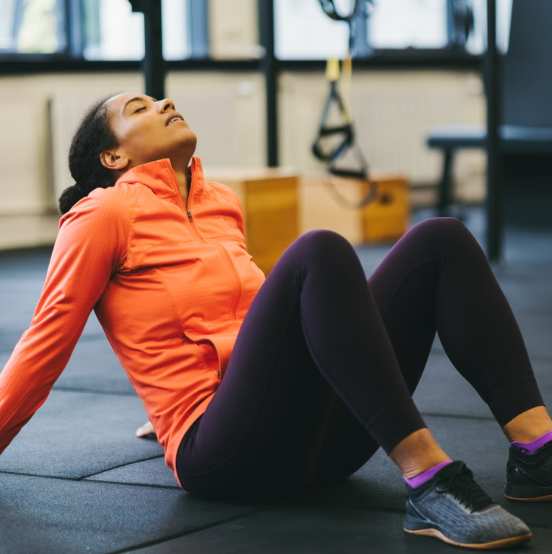
The Role of Corrective Exercises, Assessments, and Mindset in Building Strength
Recently, I came across a few thought-provoking posts that touched on corrective exercises, the importance of strengthening after an injury, and how mindset plays a crucial role in getting stronger. These posts resonated with me deeply as they align with my personal beliefs about strength training, rehabilitation, and the mental aspect of recovery.
One post, by physical therapist Dr. John Rusin, stood out. It emphasized that as clinicians, we should never tell a client that they won’t be able to perform certain exercises again, such as squats or deadlifts, due to an injury. Doing so can instill fear, change their movement patterns, and ultimately create more harm than good.
For instance, telling someone they can never squat or deadlift because of a back injury can create unnecessary fear. This fear may then influence their daily movements—every time they sit, stand, or pick something up, they might subconsciously worry about injuring themselves. In fact, we perform squats and deadlifts all the time in life, even if we don’t realize it. Whenever we bend to sit down, pick something up, or get up from a chair, we’re essentially squatting and deadlifting. So why avoid these movements in the gym? If we allow fear to control how we move, it can ironically make us more prone to injury.
Our goal as coaches is to strengthen those movements, not avoid them. Even if a client can’t immediately perform a full squat or deadlift due to injury, we can start with basic variations like bodyweight squats or kettlebell deadlifts. This allows them to begin rebuilding strength and confidence while working toward more advanced movements.
You might think, “I would assess the client first to determine what they can and can’t do.” While that’s a reasonable approach, it’s not always the most effective. Consider the Functional Movement Screen (FMS), a commonly used assessment tool. One of its tests is the Active Straight Leg Raise (ASLR), where the client lifts one leg as high as possible without bending their knee. The score ranges from 1 to 3, and anything below a 2 is considered a failure. If there’s pain, the score is marked as 0, and a referral to a doctor is suggested.
Many would argue that a score of 1, or any asymmetry between sides, means deadlifting from the floor should be avoided until corrected. However, a well-coached deadlift could actually help address these issues. A proper deadlift teaches key movement patterns such as breathing, bracing, hip hinging, and thoracic spine extension—all of which strengthen the posterior chain and protect the spine. Rather than avoiding the deadlift, a properly executed version can help build the strength necessary to improve mobility and stability.
Corrective exercises, like breathing drills or hip bridges, certainly have their place, but they should complement rather than replace foundational lifts. It’s essential to apply the overload principle to corrective exercises. In other words, we need enough intensity to build strength in the muscles surrounding the joint and improve motor control. Light stretching or breathing exercises alone may not provide enough of a stimulus to create lasting change. Once weaknesses are identified, exercises should gradually progress in intensity as the client becomes more capable.
In assessments like the FMS, a referral is often recommended when pain is present. While this is done to cover liability, it isn’t always in the best interest of the client. For example, if a person experiences hip pain during an overhead squat test, the immediate recommendation is to refer them out. However, the pain might stem from poor squat form, not an underlying injury. A poorly executed squat can cause discomfort, but that doesn’t mean it’s a reason to see a doctor. With proper coaching and adjustments, many clients will be able to squat pain-free. In this case, good coaching becomes corrective exercise.
The key takeaway is this: Never tell a client they can’t perform an exercise just because they fail an assessment or have an injury. Instead, teach them how to move correctly and work on strengthening those movements. In many cases, big barbell lifts like squats and deadlifts are the best way to build strength and improve movement patterns. Of course, there are exceptions where an individual may not be able to perform a proper squat or deadlift, but the goal is to start where there is no pain and progress from there. Over time, with proper coaching and consistent effort, clients can regain their strength and confidence in these movements.




